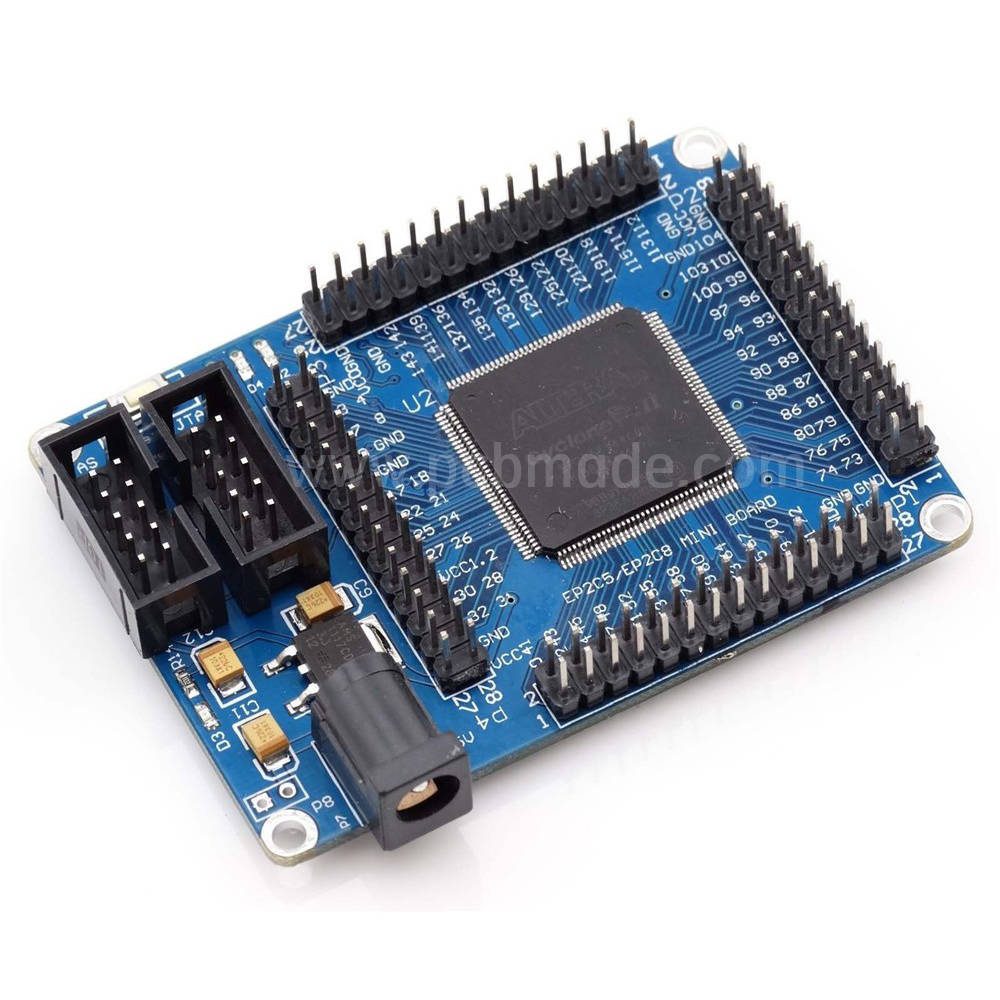In printed circuit board (PCB) manufacturing, TG value is an important parameter, which directly affects the performance and reliability of PCB.
What is TG value?
TG value is the abbreviation of glass transition temperature. It refers to the temperature at which a material changes from its glassy to rubbery state. This transition temperature is a critical point. When the TG value is exceeded, the mechanical and electrical properties of the PCB material will change significantly.
In the glassy state, the material is rigid and has high hardness and strength. In the rubber state, the material becomes soft and elastic, which causes the PCB to be easily deformed or damaged in high temperature environments.
The importance of TG value
Thermal stability: TG value is an important indicator to measure the heat resistance of PCB materials. The higher the TG value, the better the material’s stability at high temperatures. For example, for circuit boards, automotive electronics, aerospace equipment, etc. that need to work in high-temperature environments, it is particularly important to choose materials with high TG values.
Mechanical properties: After exceeding the TG value, the mechanical properties of the material will drop significantly. Materials with high TG values can still maintain good rigidity and strength at high temperatures, reducing the risk of deformation.
Electrical properties: In high-temperature environments, materials with low TG values are prone to electrical property degradation, such as changes in dielectric constant and dielectric loss. Materials with high TG values can better maintain stable electrical performance.
The difference between different TG values
According to the level of TG value, common PCB materials can be divided into the following categories:
Low TG materials: TG value is generally below 130°C. This type of material has relatively low cost and is used in general consumer electronics products, such as home appliances, toys, etc.
Medium TG material: TG value between 130°C and 170°C. This type of material has good overall performance and is suitable for most industrial electronic products, such as computers, communication equipment, etc.
High TG materials: TG value is above 170°C. This type of material has excellent heat resistance and is suitable for high-end electronic products working in high-temperature environments, such as automotive electronics, military equipment, aerospace vehicles, etc.
Examples of specific materials
FR-4: The most common PCB substrate material, the TG value is generally between 130°C and 140°C. Suitable for most common electronic products.
FR-4 high TG: An improved version of FR-4, with a TG value of around 170°C, suitable for applications with high temperature and high reliability requirements.
Polyimide: TG value is above 200°C, suitable for extreme high temperature environments, such as aerospace and military fields.
How to choose the appropriate TG value?
Selecting an appropriate TG value requires consideration of multiple factors, including operating ambient temperature, mechanical stress, electrical performance requirements, and cost budget. Please refer to the following suggestions:
Working environment temperature: If the circuit board needs to operate in a high temperature environment, it is recommended to choose a high TG value material to ensure its stability and reliability.
Mechanical stress: In applications with high mechanical stress, materials with high TG values can provide better mechanical properties and prevent deformation and fracture.
Electrical properties: For applications requiring high electrical properties, such as high-frequency circuits, materials with high TG values can provide more stable electrical properties.
Cost considerations: High TG value materials usually cost more and need to be selected based on actual needs and budget.
TG value is a key parameter in PCB material selection, which directly affects the performance and reliability of the circuit board. Understanding the concept of TG value and the differences between materials with different TG values can help to select appropriate PCB materials to meet the requirements of specific applications. In practical applications, factors such as working environment, mechanical stress, electrical performance, and cost need to be comprehensively considered to make the best choice.
Through the understanding and reasonable selection of TG value, the reliability and performance of PCB can be greatly improved, ensuring the stable operation of electronic products in various environments.












